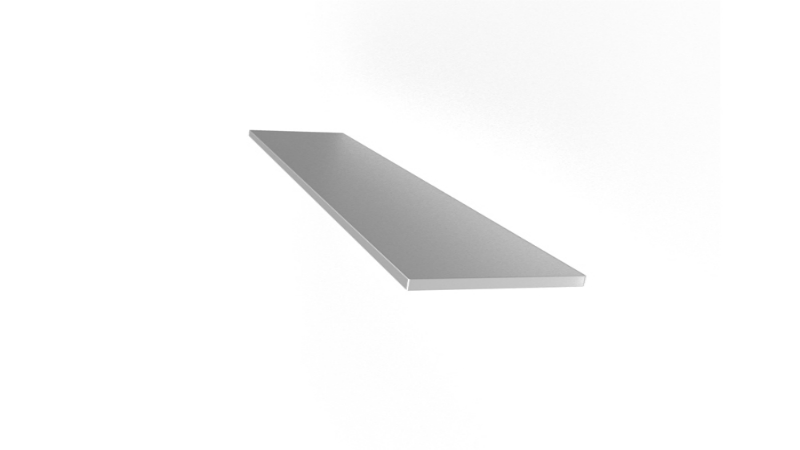As with many different rare items in the world, including precious gems, precious metals are naturally occurring rare metals, or more specifically metallic chemical elements.
They are also extremely valuable for their properties and, because of their rare nature, they are expensive. One of the reasons rare metals are so important is because they are also less reactive, which means they can be used in a wider range of applications without creating chemical interactions.
Noble Metals
Some, but not all precious metals are also noble metals. The noble metals are so named because they are highly resistant to oxidation and corrosion. They tend to be focused in the center of the periodic table of elements, and they include the platinum group of ruthenium, rhodium, palladium, silver, osmium, platinum, gold and iridium.
There are other metals that are grouped as precious metals that are not noble metals, and not all noble metals are considered precious metals. The definition and the description tends to be based more on a chemical composition factor rather than an expense or rarity issue.
Purity in Precious Metals
In all items created with precious metals, the purity level of the metal itself influences the cost of production and the cost to purchase. In most applications for economic investments, such as bullion, a 99.9% purity, also known as “three nines” is considered the industry standard.
For science, research and specialized types of applications, the purity is often much more specific. This can include purity levels of 99.999%, 99.99% and 99.95%. Additionally, precious metals can be combined into compositions for research and industrial applications, and this can create additional properties and qualities that are necessary for specific uses and environments.
Ordering Precious Metals
As the cost of precious metals is a major consideration, when they are used in applications in research and industry working with a company that is experienced, reduces waste and uses a reclamation process that helps to reduce the cost of production for customers.
Some companies offer a full reclamation of usable precious metals that are then recast for the customer if possible, reducing the price of the order. Other options include simply crediting the customer’s account for the reclaimed metals, giving them credit that will be used against a future order.
When ordering precious metals it will be important to ensure the company can offer the purity required, and that they have the ability to develop custom alloys for specialized applications.
